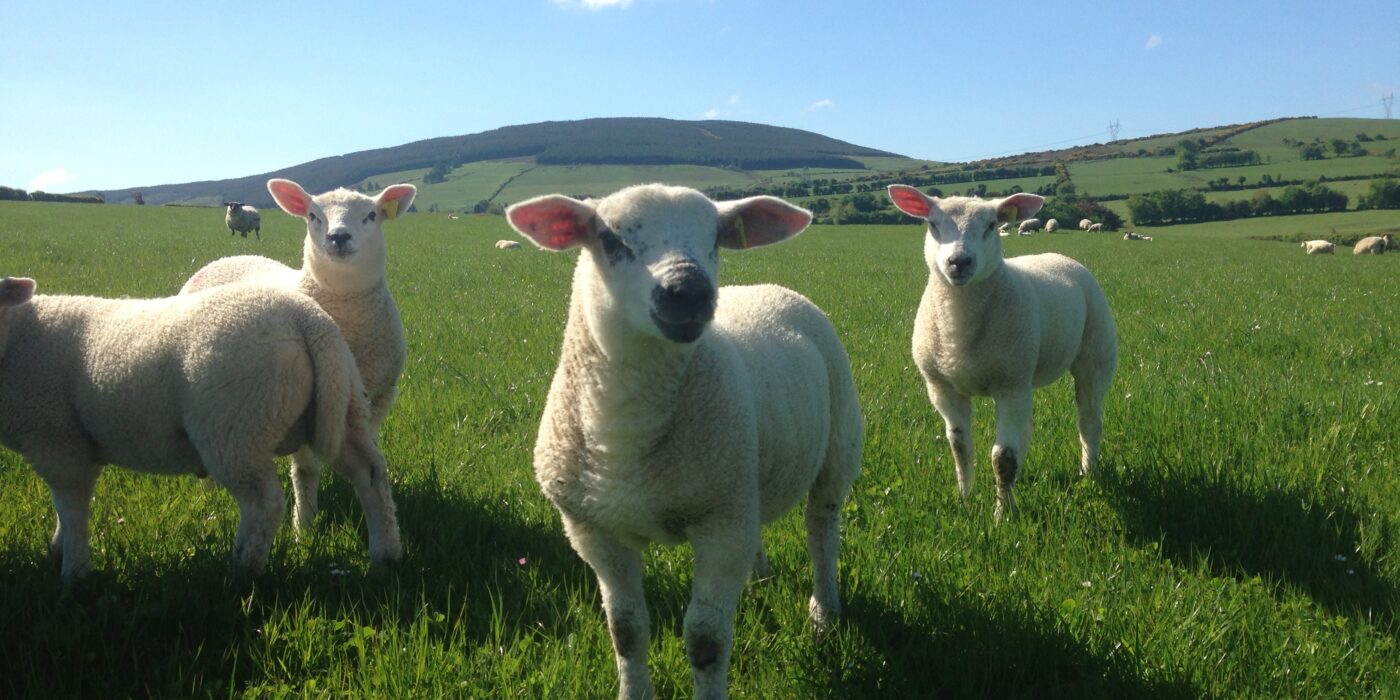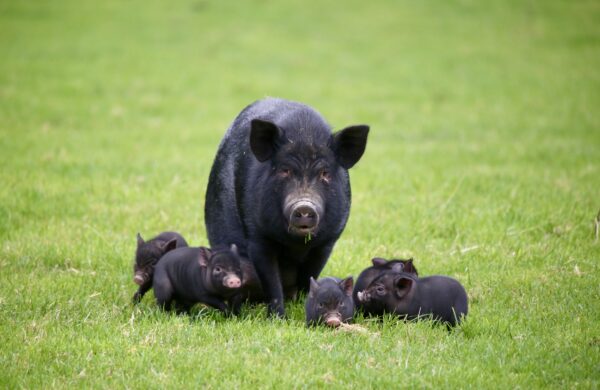It’s all hands on deck this month as we prepare for lambing season!
All the sheep are in now and we are kept busy keeping their insatiable appetites fed! The lambing pens are disinfected and prepared for our new arrivals. The sheep are monitored closely for signs of going into labour. Signs such as pacing, circling, smelling the ground, bleating excessively and of course putting out a water sack and straining will alert us that there is an impending birth. We let them give birth by themselves and only intervene if we feel they need help.
As soon as the lamb is born it is important to clear its airway of any birthing fluids so it can breathe properly. We then, spray its umbilical cord with iodine to prevent infection. It is, then, really important to get the lamb to take its first suck of colostrum from its mother. Colostrum is full of nutrients and antibodies, so we must ensure that all lambs get a good bellyful to set them up for life.
In the coming days we must watch the mother closely to ensure she has made a full recovery and is eating ok. The lambs are watched closely to ensure they are full and to monitor for signs of scour and sore eyes.
We let them out for a few hours, during the day, when the weather allows, but keep them in at night till the lambs are strong enough to outsmart the fox!
When they’re 7-10 days old they can go to a well sheltered field with new grass and stay out at night. The new lambs are vaccinated at 2 and 6 weeks old and dosed for worms at 3 weeks old. Again, it is really important to watch them closely to see that lambs continue to thrive and are healthy and well. Lameness, worms, meningitis and pneumonia are some of the most common ailments to watch out for and treat!



